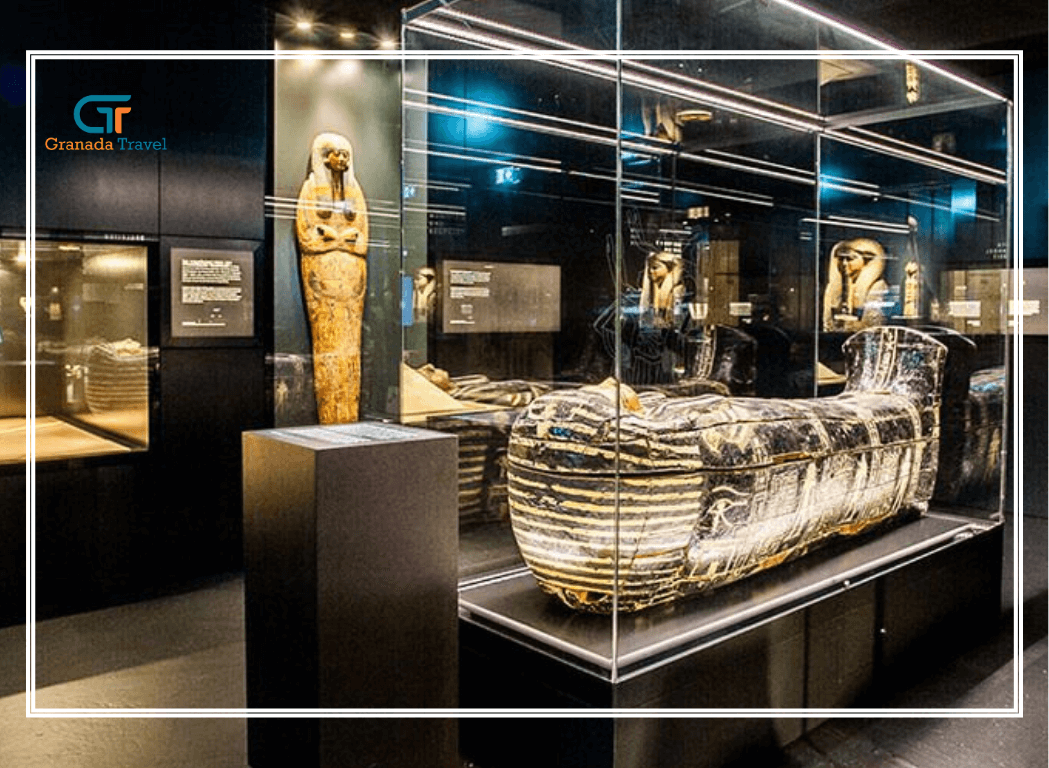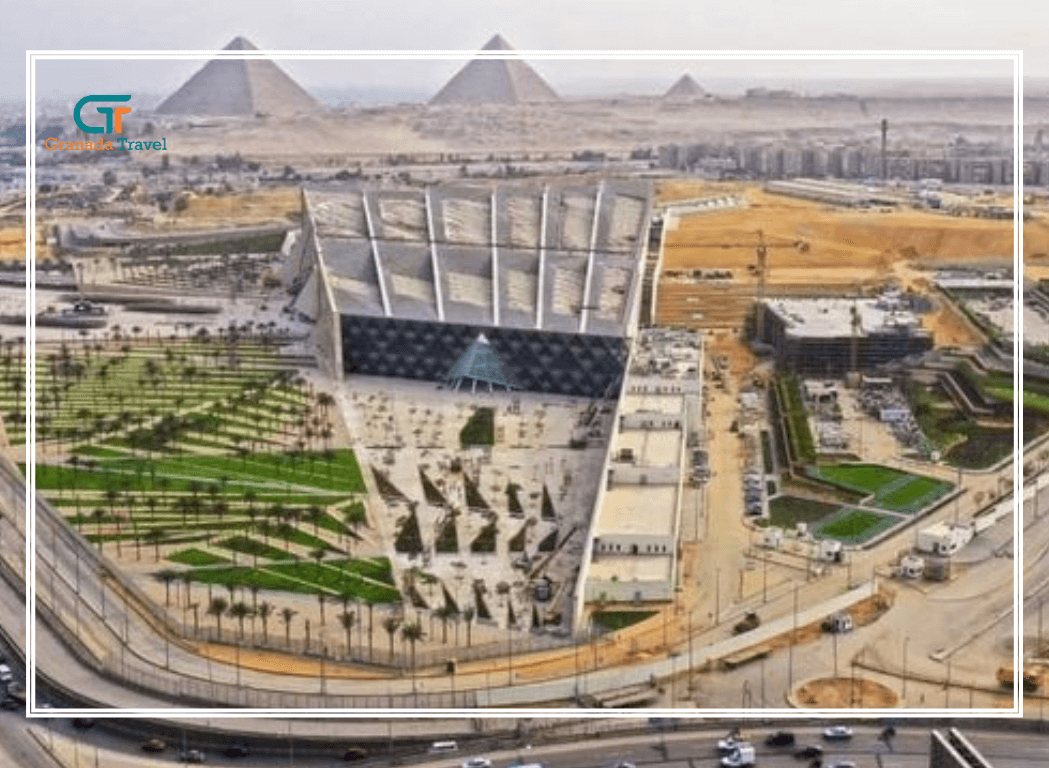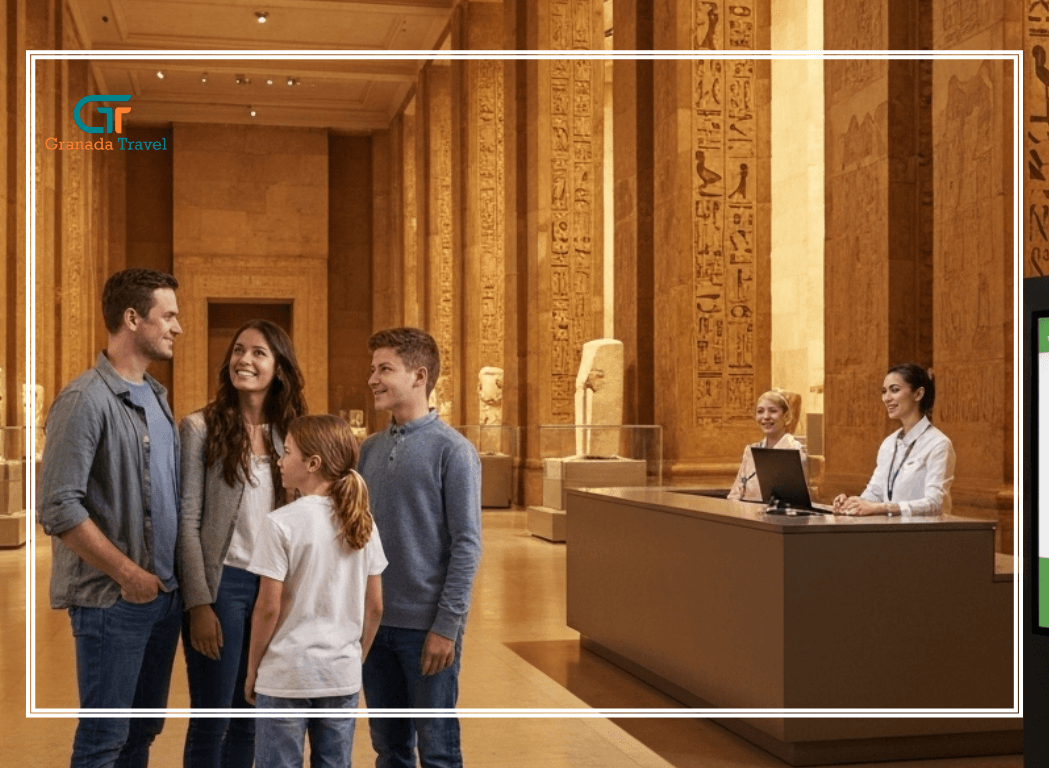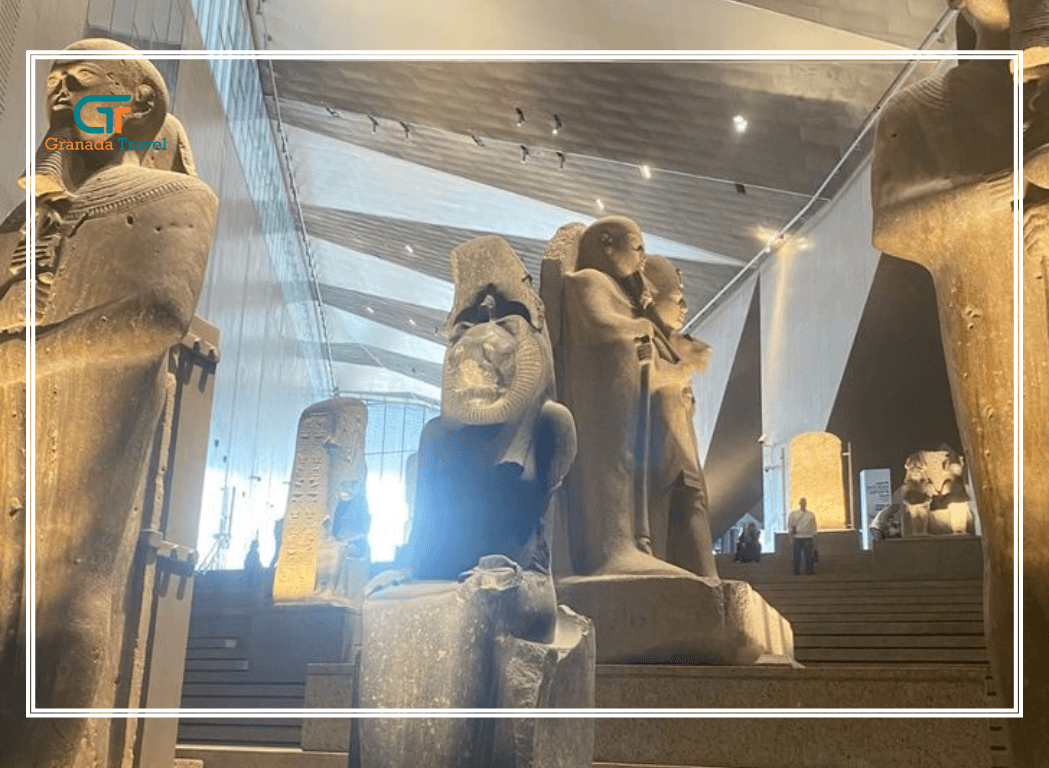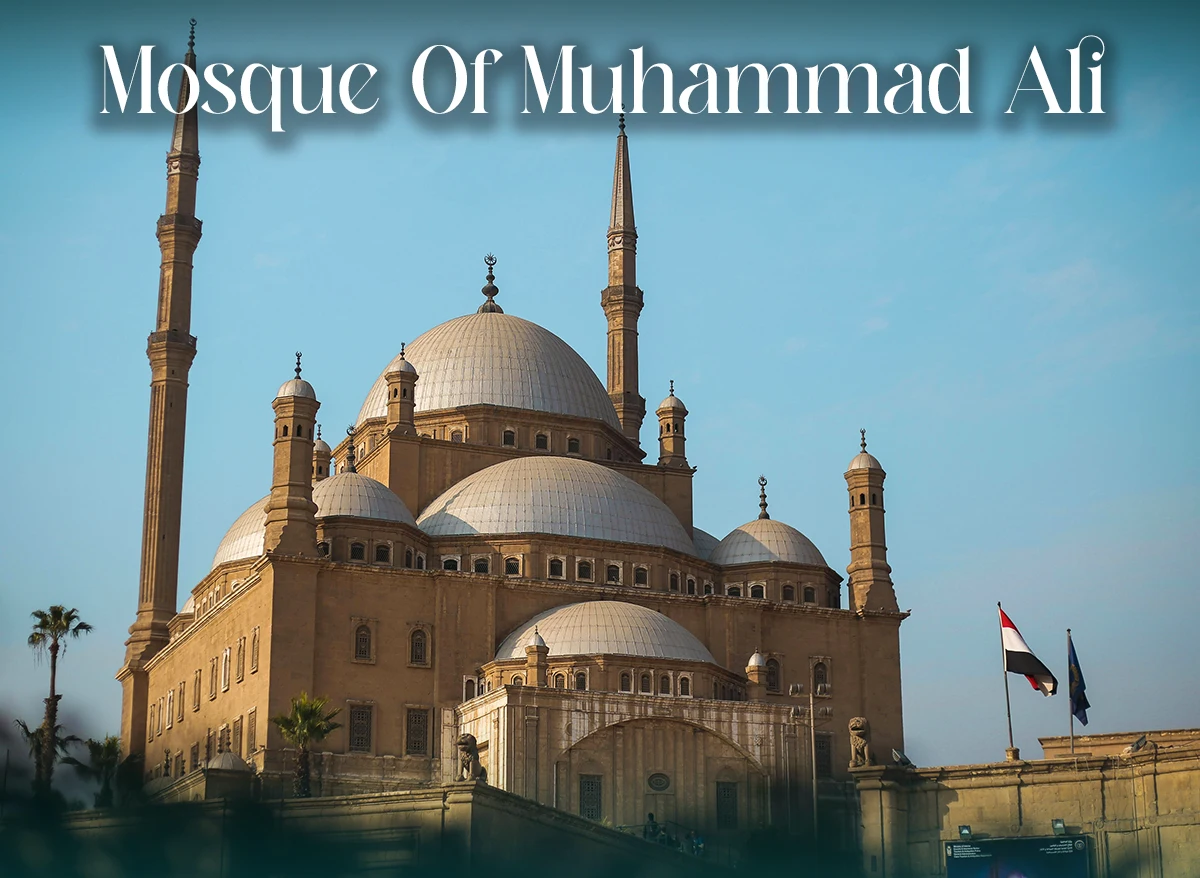
The Jewel of the Citadel: Unveiling the Mosque of Muhammad Ali
Perched majestically atop the Salah al-Din Citadel, overlooking the sprawling metropolis of Cairo, stands an architectural marvel that commands attention: the Mosque of Muhammad Ali. Often referred to as the Alabaster Mosque due to its dazzling white facade, this iconic structure is more than just a place of worship; it's a profound symbol of Egypt's modernization and a testament to the vision of its founder, Muhammad Ali Pasha.
As you approach the Citadel, the Mosque of Muhammad Ali Cairo dominates the skyline, its Ottoman-style domes and slender minarets piercing the blue Egyptian sky. It's an imposing yet elegant sight that immediately evokes a sense of grandeur and historical significance. For anyone exploring the vibrant history of Cairo, a visit to this magnificent muhammad ali mosque is an absolute must.
A Legacy in Stone: The Muhammad Ali Pasha Mosque and Its History
When was the Mosque of Muhammad Ali built? The construction of the mosque of Muhammad Ali Pasha began in 1830 and was completed in 1848, a monumental undertaking that spanned nearly two decades. Commissioned by Muhammad Ali Pasha, the Ottoman Albanian ruler who effectively founded modern Egypt, the mosque was intended to be his final resting place and a powerful symbol of his newly established, autonomous rule.
Muhammad Ali's reign marked a pivotal moment in Egyptian history. He embarked on an ambitious program of reforms, modernizing the military, economy, and administration. The mosque, with its distinctly Ottoman Baroque style, was a deliberate departure from the traditional Mamluk architecture prevalent in Cairo at the time. This architectural choice was a symbolic nod to the broader Islamic world, particularly the grandeur of the Ottoman Empire, while simultaneously asserting Egypt's emerging independent identity. Indeed, the design bears a striking resemblance to the Sultan Ahmed Mosque (Blue Mosque) in Istanbul, showcasing Muhammad Ali's aspirations to align Egypt with the most powerful centers of the Islamic world.
Why is the Mosque of Muhammad Ali important? Its importance stems from several factors. Firstly, it represents a significant architectural shift in Cairo, introducing a new style that blended Ottoman and European influences. Secondly, it serves as a powerful monument to Muhammad Ali Pasha himself, a figure who undeniably shaped modern Egypt. His tomb, located within the mosque, further solidifies its connection to this pivotal historical figure. Beyond its historical and architectural merit, the mosque also offers unparalleled panoramic views of Cairo, allowing visitors to grasp the sheer scale and complexity of this ancient city.
Architectural Grandeur: A Glimpse Inside the Muhammad Ali Mosque Egypt
Stepping into the mosque of Muhammad Ali is an awe-inspiring experience. The first thing that strikes you is the sheer expanse of the courtyard, or sahn, paved with intricately laid marble. In the center stands a beautiful ablution fountain, a practical yet aesthetically pleasing element essential for ritual cleansing before prayer.
The exterior walls of the mosque are famously clad in gleaming alabaster, giving the mosque its popular alternative name, the "Alabaster Mosque." This extensive use of alabaster, a soft, translucent stone, not only contributes to its luminous appearance but also highlights Muhammad Ali's efforts to promote local industries.
The main prayer hall is a vast, almost square space, crowned by a magnificent central dome. This grand dome is flanked by four semi-domes and four smaller corner domes, creating a sense of soaring height and openness. The interior is lavishly decorated with intricate carvings, stunning stained-glass windows, and beautiful Islamic calligraphy. Thousands of large, transparent chandeliers hang from the ceiling, creating a dazzling display that illuminates the space and evokes a sense of celestial wonder. The mihrab, indicating the direction of Mecca, is adorned with exquisite craftsmanship, and two ornate minbars (pulpits) stand as focal points within the prayer hall.
Mosque of Muhammad Ali photos often capture the dramatic interplay of light and shadow within the prayer hall, the intricate details of the alabaster, and the sweeping views from its terraces. It's a photographer's paradise, offering endless opportunities to capture the beauty and grandeur of this architectural masterpiece.
Visiting the Mosque of Muhammad Ali: Practical Information and Tips
For those planning a visit to the mosque of Muhammad Ali Cairo, here's some essential information:
- Mosque of Muhammad Ali Opening Hours: The mosque is generally open daily from 9:00 AM to 5:00 PM. However, it's always advisable to double-check specific timings, especially for the main prayer hall, which may have restricted hours for non-Muslim visitors (typically 9 AM to 11 AM and 1 PM to 4 PM).
- Dress Code: As with all religious sites in Egypt, visitors are expected to dress modestly. This typically means covering your shoulders and knees. Women are usually requested to cover their heads upon entering the prayer hall. Scarves are often available for rent or purchase at the entrance if you don't have one.
- Footwear: Visitors are required to remove their shoes before entering the carpeted prayer areas. Shoe covers are usually available for a small fee, or you can carry your shoes.
- Location: The mosque of Muhammad Ali Egypt is situated within the historic Citadel of Salah al-Din. The Citadel itself is a sprawling complex with other attractions, so plan to spend a few hours exploring the area.
- Reviews: Mosque of Muhammad Ali reviews consistently praise its stunning architecture, historical significance, and the breathtaking panoramic views it offers of Cairo. Visitors often highlight the serene atmosphere and the opportunity to immerse themselves in Egyptian history and Islamic art.
Beyond the Alabaster Walls: Other Islamic Landmarks in Cairo
While the Mosque of Muhammad Ali is undeniably a highlight, Cairo is a city teeming with incredible Islamic architecture and historical mosques. To truly appreciate the rich tapestry of Islamic Cairo, consider visiting these other significant sites:
- Mosque of Amr Ibn Al-Aas: Located in Old Cairo, this is the oldest mosque in Egypt and indeed in Africa, built in 641-642 CE. Its simple yet profound structure speaks volumes of the early days of Islam in Egypt.
- Al-Azhar Mosque: A beacon of Islamic learning for over a millennium, Al-Azhar Mosque was founded in 970 CE and continues to be a vital center for religious education and scholarship. Its evolution over centuries is reflected in its diverse architectural styles.
- Ibn Tulun Mosque: Built between 876 and 879 CE, the Ibn Tulun Mosque is one of the oldest and largest mosques in Cairo, celebrated for its unique spiral minaret and its remarkably well-preserved Abbasid architecture.
These mosques, each with its distinct history and architectural style, offer a deeper understanding of Cairo's enduring Islamic heritage.
The Mosque of Muhammad Ali stands as a magnificent tribute to a transformative era in Egypt's history. Its alabaster walls whisper tales of modernization, ambition, and artistic brilliance. A visit to this stunning muhammad ali mosque is not just a sightseeing opportunity; it's an immersive journey into the heart of Cairo's rich past and vibrant present, offering a panoramic view not only of the city but also of the profound legacy of Muhammad Ali Pasha.

